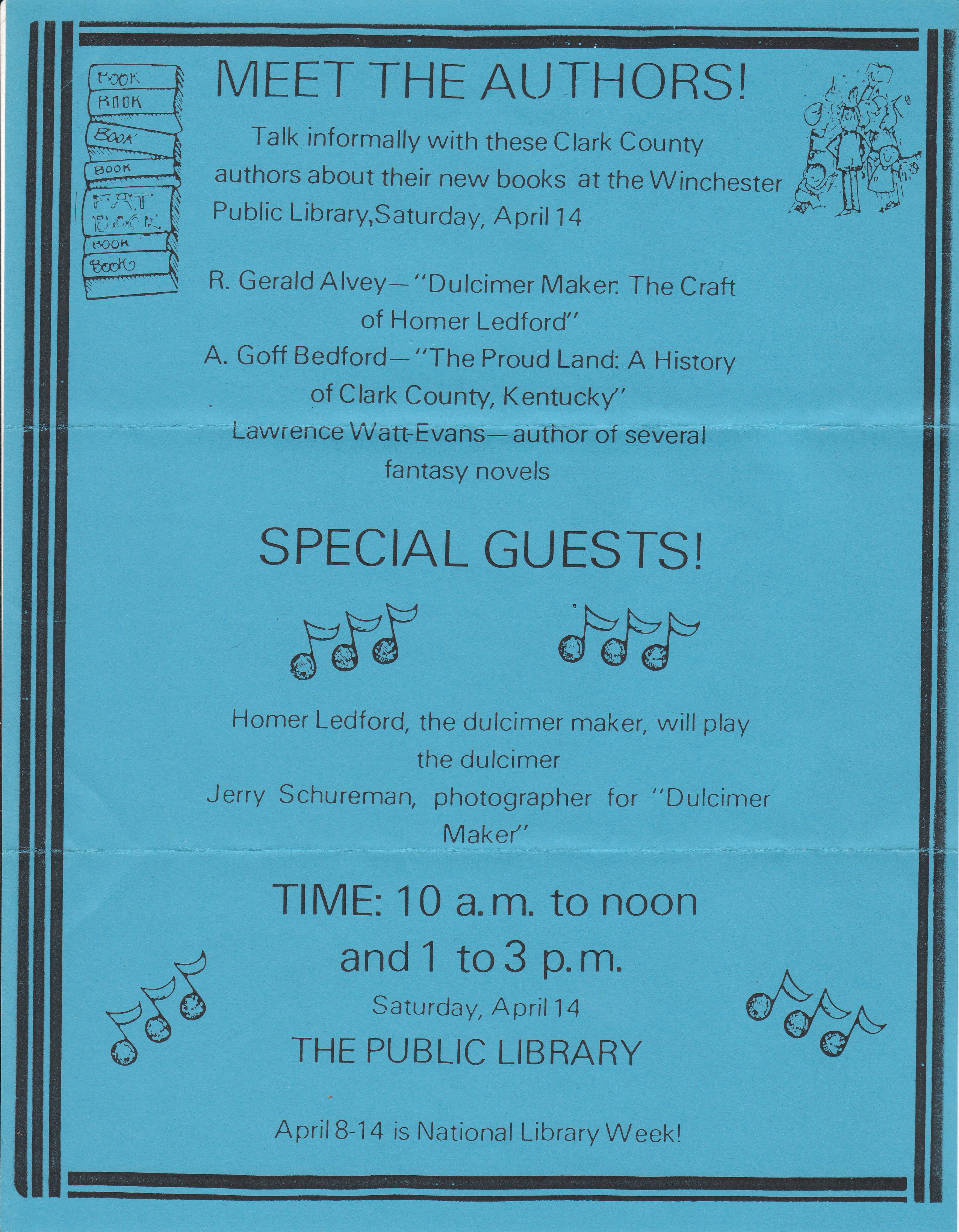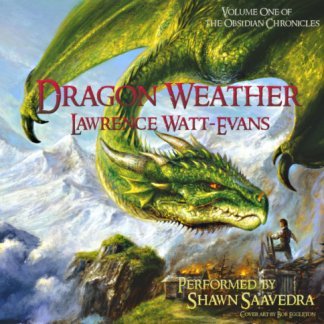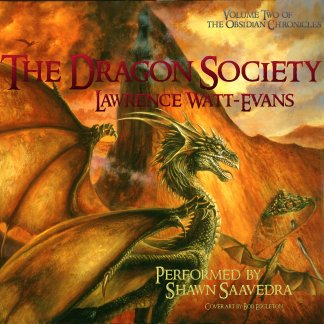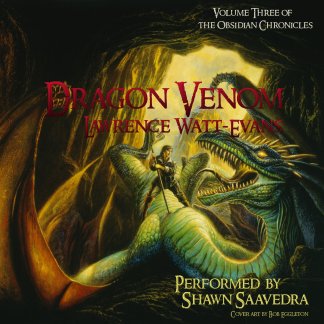Happy new year! May it be better than the last few.
I have a fair bit going on right now, in various media. First off, in case you haven’t noticed, Tom Derringer & the Electrical Empire has finally been published; I received the two delayed illustrations on Christmas Eve, and got the book out as quickly as I could. (Which resulted in a few issues that needed fixing in some versions, but they’re all good now.)
The anthology Thrilling Adventure Yarns 2022 didn’t actually make it into print in 2022, but is complete and should be out very soon — possibly next week. It includes my sword-and-sorcery tale “The House of the Spider.”
The Wildside Press edition of Charming Sharra should be out by spring.
The audiobook of The Ninth Talisman is under way; I’ve received and approved the introduction and first chapter. I don’t know how long it’ll be before the whole thing is ready to go. Once complete, it should be followed by The Summer Palace within another few months.
Seven of my books that were published by FoxAcre Press have been reverted to me. The FoxAcre editions are still on sale for the moment, but if you want any of them, don’t dawdle — they’re going to be withdrawn as FoxAcre gets things wrapped up.
Naturally, I don’t plan to leave them in limbo, they’ll all be coming back from Misenchanted Press, but it’ll take me some time to get the new editions ready. Here’s the order I intend to reprint them in, and where they stand as of the present:
Nightside City will remain unchanged except for a new cover, probably using reprint art by Luca Oleastri.
Realms of Light will also remain unchanged except for a new cover, again probably using reprint art by Luca Oleastri.
I hope to get audiobooks of both of those under way, if I can find a suitable narrator.
It’s possible I’ll also do an omnibus, The Cases of Carlisle Hsing, including both those novels and reprinting the essay “Setting the Stage,” about the creation of the Eta Cassiopeia system. It depends on how much fannish enthusiasm I see. If that happens I don’t know what I’ll use for the cover; I may re-use one of those Luca Oleastri images, or find another one.
Next after that, Shining Steel. I don’t plan on any changes except a new cover, and I don’t know yet what I’ll do for that cover.
The last novel will be Denner’s Wreck, also known as Among the Powers, but I couldn’t decide which title to use, so I plan to do two versions, one with each title but both using the same cover art. I don’t plan any interior changes, and I don’t yet have cover art.
Then there are the three collections. Crosstime Traffic may keep its present cover, but I may want to update the introductions or even add a third one. I don’t expect to change any of the stories.
Celestial Debris will get new cover art, but it’ll probably just be a stock image. I don’t expect to make any interior changes.
Unless someone talks me out of it, The Final Folly of Captain Dancy & Other Pseudo-Historical Fantasies is getting a major make-over and becoming The Final Folly of Captain Dancy & Other Tall Tales. At least two more short stories will be added, both unpublished as of now; the new cover art is being taken from a British children’s book from over a century back.
With luck, these will all be out by the end of the year.
And if I can find time to write with all that going on, I’m working on On A Field Sable, the next Bound Lands novel after Above His Proper Station, and on The Dragon’s Price, a new fantasy novel that may or may not be the start of a new series. Several other projects have been started but do not have a very high priority yet, including Tom Derringer & the Sinister Statue and two Ethshar novels, a short one called Kelder the Small and a long one that doesn’t really have a title yet. (The working file calls it “Dancing with Wizards,” but that won’t stay.)
Busy year. We have some travel planned, too.




The Five Latest Comments